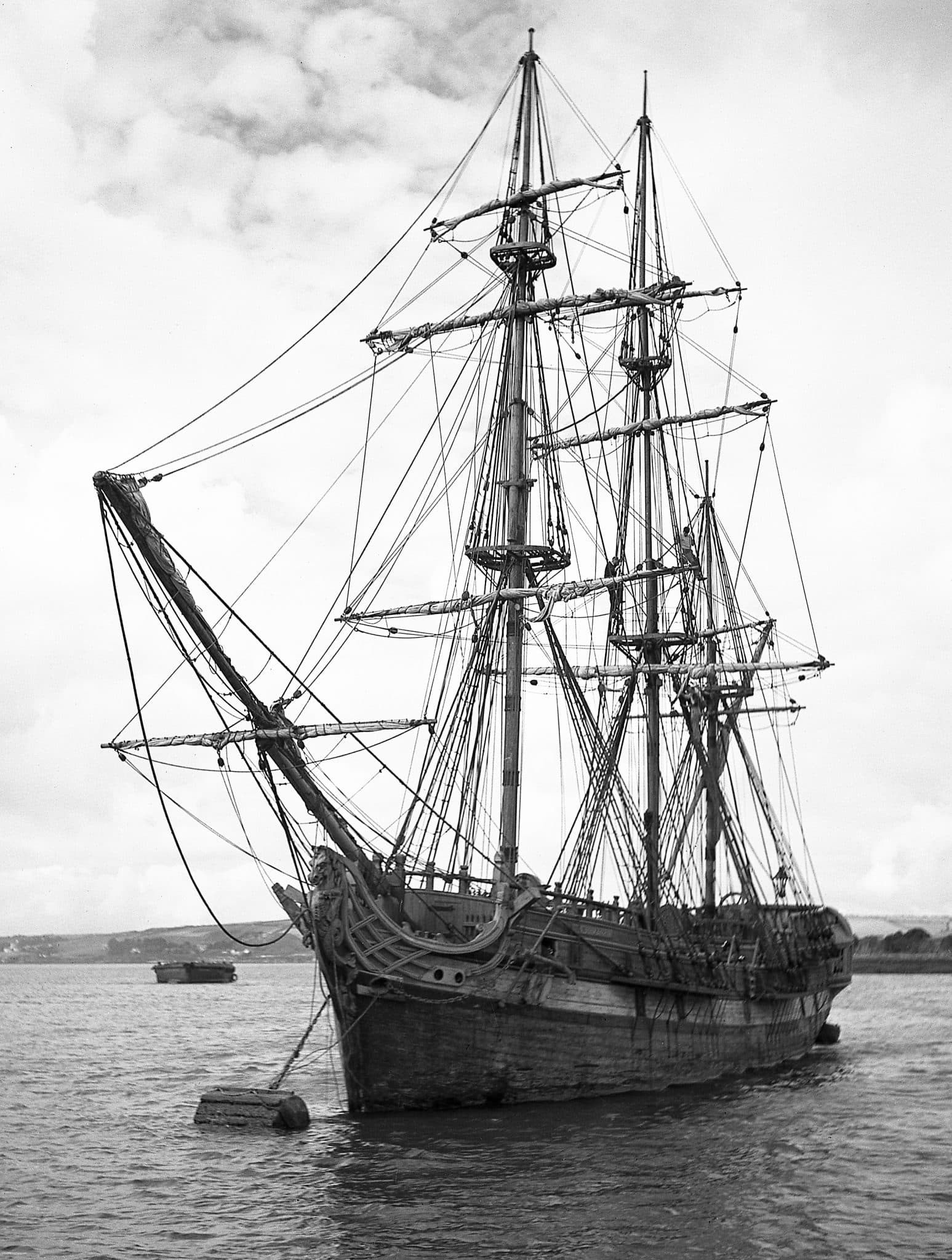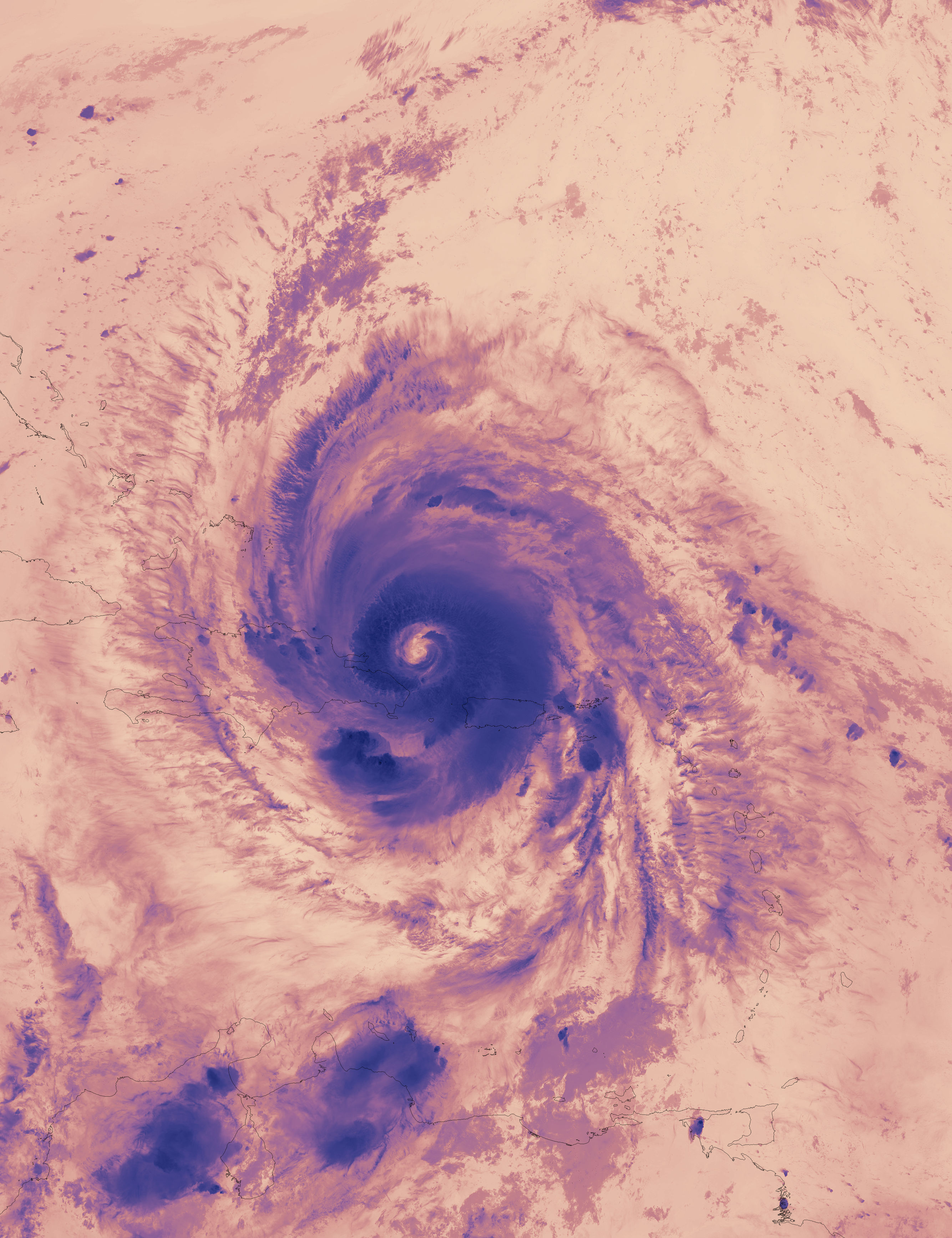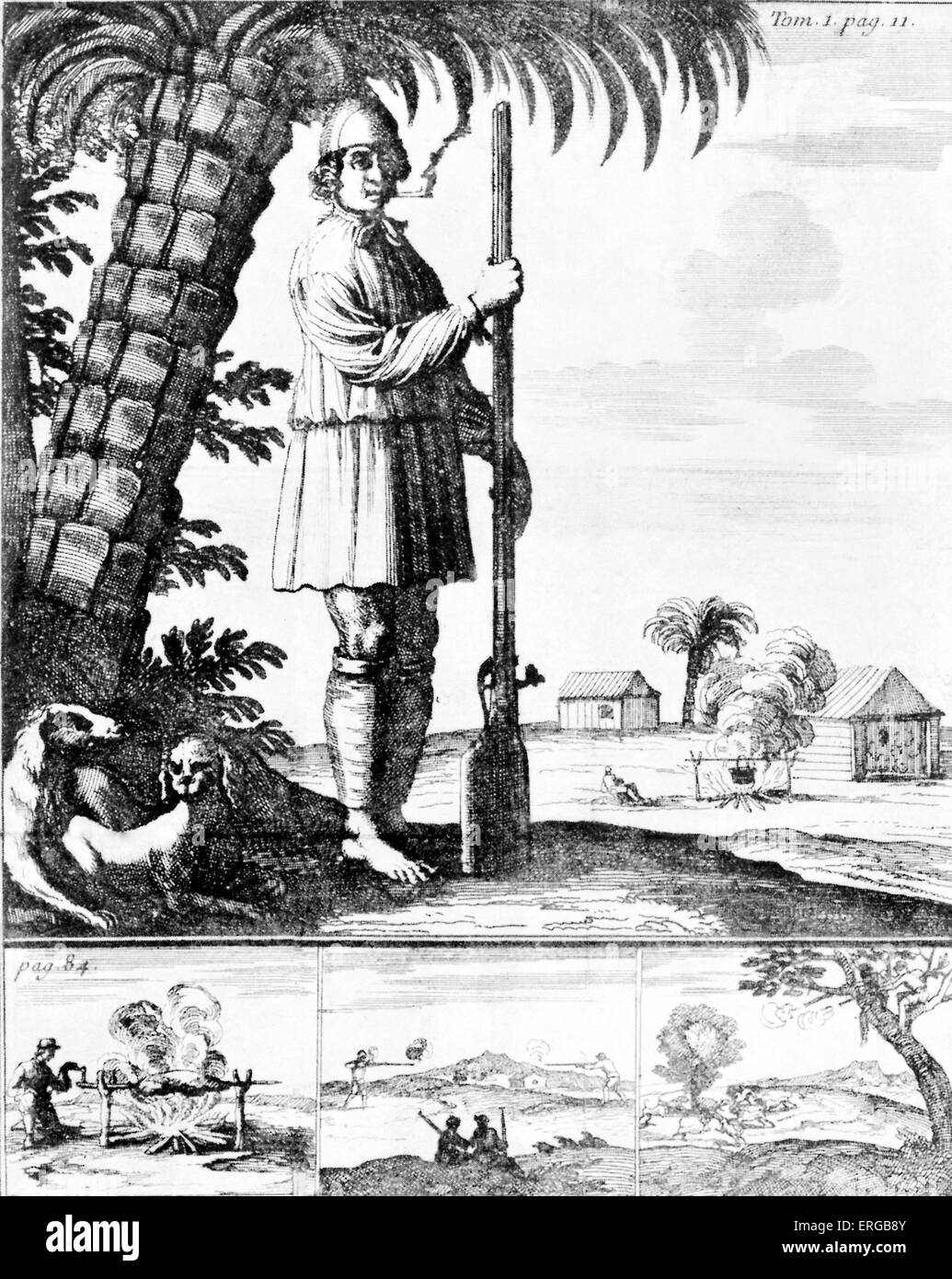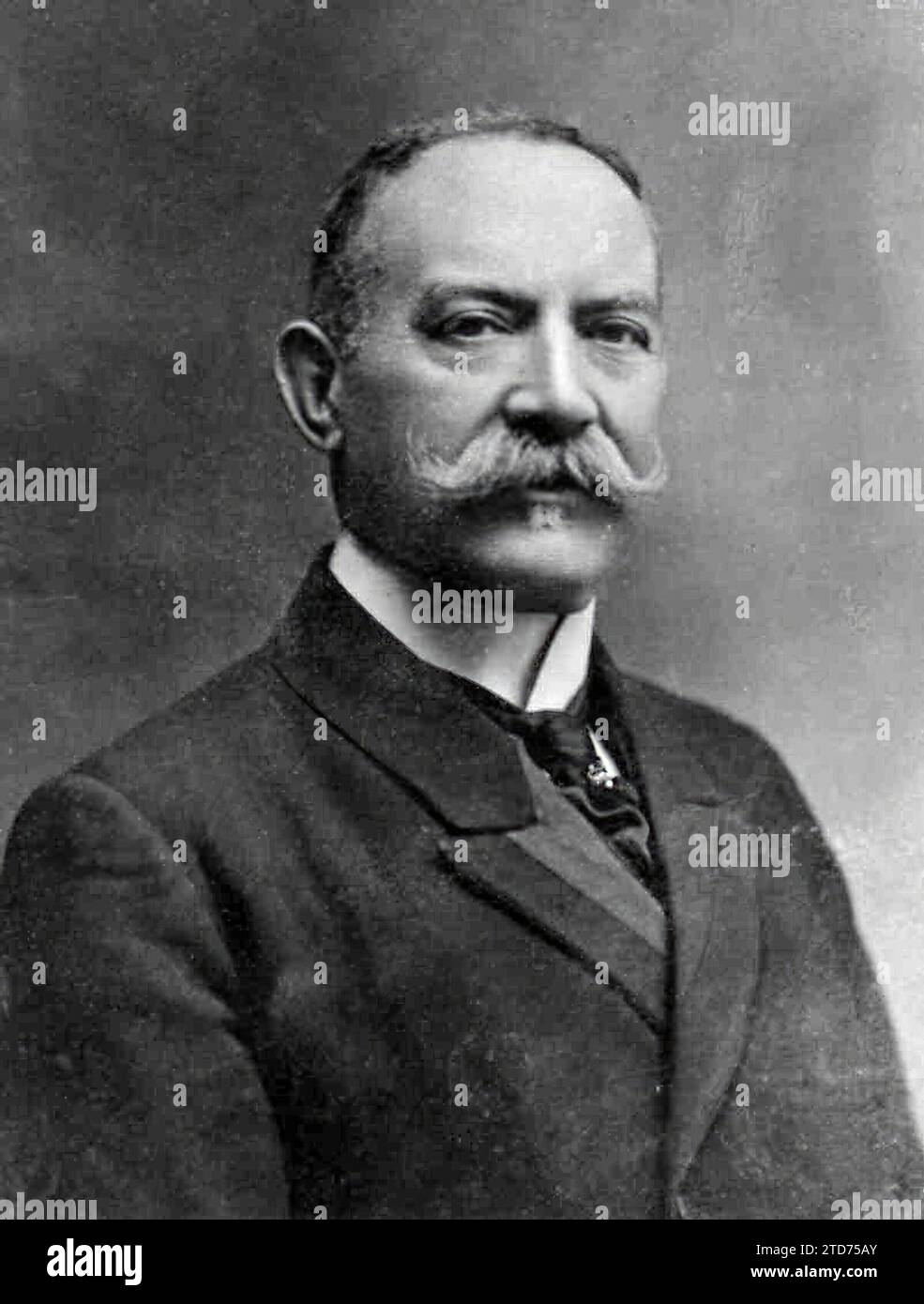Hispaniola is a Caribbean island that was explored and claimed by Columbus on his first voyage in 1492 and became a springboard for Spanish conquest of the Caribbean and the American mainland.
The map shows Hispaniola, the second-largest island of the Greater Antilles, an archipelago of large islands in the northwestern Caribbean Sea.Hispaniola is separated from Cuba to the west by the Windward Passage and from Puerto Rico to the east by the Mona Passage; Jamaica lies about 190 km (115 mi) to the southwest, separated by the Jamaica Channel.
La Isla Española (también conocida como Hispaniola) forma parte del grupo de islas de las Antillas Mayores en el Mar Caribe. Con una superficie total de aproximadamente 76.192 km2, La Española es la segunda isla más grande y más poblada de la región del Caribe y también la isla más poblada de las Indias Occidentales.
Hispaniola is the second largest island of the West Indies, divided into Haiti and the Dominican Republic. Learn about its physical features, climate, land use, and colonial history from Britannica.
15世紀時的伊斯帕尼奥拉島地圖 多明尼加西語裔人口,混有法國血統,他們是當初奴役海地黑奴主人的後代,被黑人起義趕走後來到多明尼加,許多人有著歐洲人的外貌. 伊斯帕尼奥拉島(西班牙語: Isla de La Española ;法語: Île d'Hispaniola ;海地克里奧爾語: Ispayola ),或譯西班牙島,泰諾人稱
The map shows Hispaniola, the second-largest island of the Greater Antilles, an archipelago of large islands in the northwestern Caribbean Sea.Hispaniola is separated from Cuba to the west by the Windward Passage and from Puerto Rico to the east by the Mona Passage; Jamaica lies about 190 km (115 mi) to the southwest, separated by the Jamaica Channel. La Isla Española (también conocida como Hispaniola) forma parte del grupo de islas de las Antillas Mayores en el Mar Caribe. Con una superficie total de aproximadamente 76.192 km2, La Española es la segunda isla más grande y más poblada de la región del Caribe y también la isla más poblada de las Indias Occidentales. Hispaniola is the second largest island of the West Indies, divided into Haiti and the Dominican Republic. Learn about its physical features, climate, land use, and colonial history from Britannica.
15世紀時的伊斯帕尼奥拉島地圖 多明尼加西語裔人口,混有法國血統,他們是當初奴役海地黑奴主人的後代,被黑人起義趕走後來到多明尼加,許多人有著歐洲人的外貌. 伊斯帕尼奥拉島(西班牙語: Isla de La Española ;法語: Île d'Hispaniola ;海地克里奧爾語: Ispayola ),或譯西班牙島,泰諾人稱
Hispaniola is an island in the Caribbean Sea. It is the second largest island of the West Indies, east of Cuba and west of Puerto Rico. It is the most populous
Hispaniola island is located in the Western Caribbean and is divided into two countries. Located approximately 1900 miles south of the United States, Hispaniola divides into the Republic of Haiti
History Hispaniola has long been a divided island. It was discovered by Christopher Columbus in 1492 and settled by the Spanish. In 1697, Spain gave the portion of the island now known as Haiti to
Hispaniola is the second-largest island in the Caribbean, divided into the Dominican Republic and Haiti. Learn about its pre-Columbian, colonial and modern history, its natural features, its diverse population and its names.
Hispaniola - Wikipedia
Hispaniola is an island in the Caribbean Sea. It is the second largest island of the West Indies, east of Cuba and west of Puerto Rico. It is the most populous Hispaniola island is located in the Western Caribbean and is divided into two countries. Located approximately 1900 miles south of the United States, Hispaniola divides into the Republic of Haiti History Hispaniola has long been a divided island. It was discovered by Christopher Columbus in 1492 and settled by the Spanish.
In 1697, Spain gave the portion of the island now known as Haiti to Hispaniola is the second-largest island in the Caribbean, divided into the Dominican Republic and Haiti. Learn about its pre-Columbian, colonial and modern history, its natural features, its diverse population and its names.
Hispaniola: The First Colony. The island of Hispaniola (La Isla Española) was the first New World colony settled by Spain. As such, it served as the logistical base for the conquest of most of the
Hispaniola is the second largest and most populous island in the Caribbean Sea. It is divided into two countries, Haiti and the Dominican Republic, and has a rich history of pre-Columbian, colonial and modern times.
海地岛又名伊斯帕尼奥拉岛(英文:Hispaniola;西班牙文:La Española;法文:L'île d'hispaniola;或译西班牙岛)是加勒比海中第二大岛,仅次于古巴,面积76,480平方公里,人口2150万人,分属海地和多米尼加两国。该岛位于古巴东南部,波多黎各的西部。
Hispaniola (en espagnol : La Española ; en latin : Hispaniola) ou Haïti (en taïno : Ahatti), encore appelée aujourd'hui Saint-Domingue (Haïti ou Saint-Domingue, noms de l'île : ici, au sens large, à distinguer de l'État actuel d'Haïti, de la ville de Saint-Domingue et de l'ancienne colonie française de Saint-Domingue), est une île de la mer des Caraïbes dans l'archipel de
Hispaniola — Wikipédia
Hispaniola: The First Colony. The island of Hispaniola (La Isla Española) was the first New World colony settled by Spain. As such, it served as the logistical base for the conquest of most of the Hispaniola is the second largest and most populous island in the Caribbean Sea. It is divided into two countries, Haiti and the Dominican Republic, and has a rich history of pre-Columbian, colonial and modern times. 海地岛又名伊斯帕尼奥拉岛(英文:Hispaniola;西班牙文:La Española;法文:L'île d'hispaniola;或译西班牙岛)是加勒比海中第二大岛,仅次于古巴,面积76,480平方公里,人口2150万人,分属海地和多米尼加两国。该岛位于古巴东南部,波多黎各的西部。 Hispaniola (en espagnol : La Española ; en latin : Hispaniola) ou Haïti (en taïno : Ahatti), encore appelée aujourd'hui Saint-Domingue (Haïti ou Saint-Domingue, noms de l'île : ici, au sens large, à distinguer de l'État actuel d'Haïti, de la ville de Saint-Domingue et de l'ancienne colonie française de Saint-Domingue), est une île de la mer des Caraïbes dans l'archipel de
Ilha de São Domingos, Hispaniola ou Espanhola [1] (Santo Domingo ou La Española, em espanhol) é uma das maiores ilhas das Antilhas, localizada no mar das Caraíbas a sudeste de Cuba e oeste de Porto Rico São Domingos é a segunda maior ilha do Caribe depois de Cuba, com uma superfície de cerca de 76 000 km², comprimento de 650 km e largura máxima de 241 km. Politicamente, divide-se
Hispaniola is the site of one of the first European forts in the Americas, La Navidad (1492-1493), as well as the first settlement La Isabela (1493-1500), and the first permanent settlement, the current capital of the Dominican Republic, Santo Domingo (est. 1498). These settlements were founded successively during each of Christopher Columbus's first three voyages thanks to the Spanish Empire.
히스파니올라섬(영어: Hispaniola, 프랑스어: Hispaniola 이스파니올라섬 [], 스페인어: La Española 에스파뇰라섬 [], 아이티어: Ispayola)은 서인도 제도에서 두 번째로 큰 섬으로 쿠바섬 동쪽에 있다. 크리스토퍼 콜럼버스가 1492년에 있었던 1차 항해, 1493년에 있었던 2차 항해에서 들러 스페인의 첫 식민지를
Discover the history, culture, nature and adventure of Hispaniola, the island shared by Haiti and Dominican Republic. Explore the best attractions, activities, books and tips for your trip to Hispaniola.
The Official Travel Guide to Hispaniola · Visit Hispaniola
Ilha de São Domingos, Hispaniola ou Espanhola [1] (Santo Domingo ou La Española, em espanhol) é uma das maiores ilhas das Antilhas, localizada no mar das Caraíbas a sudeste de Cuba e oeste de Porto Rico São Domingos é a segunda maior ilha do Caribe depois de Cuba, com uma superfície de cerca de 76 000 km², comprimento de 650 km e largura máxima de 241 km. Politicamente, divide-se Hispaniola is the site of one of the first European forts in the Americas, La Navidad (1492-1493), as well as the first settlement La Isabela (1493-1500), and the first permanent settlement, the current capital of the Dominican Republic, Santo Domingo (est. 1498). These settlements were founded successively during each of Christopher Columbus's first three voyages thanks to the Spanish Empire. 히스파니올라섬(영어: Hispaniola, 프랑스어: Hispaniola 이스파니올라섬 [], 스페인어: La Española 에스파뇰라섬 [], 아이티어: Ispayola)은 서인도 제도에서 두 번째로 큰 섬으로 쿠바섬 동쪽에 있다.
크리스토퍼 콜럼버스가 1492년에 있었던 1차 항해, 1493년에 있었던 2차 항해에서 들러 스페인의 첫 식민지를 Discover the history, culture, nature and adventure of Hispaniola, the island shared by Haiti and Dominican Republic. Explore the best attractions, activities, books and tips for your trip to Hispaniola.
Hispaniola is the second-largest island in the West Indies, discovered by Christopher Columbus in It is divided into Haiti and the Dominican Republic, and has a mountainous, agricultural region with a subtropical climate.
Haiti and the Dominican Republic share the island of Hispaniola. Their intertwined histories are rich and complex, heroic at turns and contemptible at others. Click through the timeline to learn more.
Hispaniola (auch Hispañola; spanisch La Española ‚die Spanische') oder Kiskeya (in der Sprache der Taíno), spanisch Quisqueya, ist mit einer Fläche von etwa 76.480 km² die zweitgrößte der Großen Antillen und gleichzeitig der gesamten Westindischen Inseln.Auf der Insel liegen die Staaten Haiti und Dominikanische Republik.
イスパニョーラ島(イスパニョーラとう、フランス語: Hispaniola 、スペイン語: La Española 、ハイチ語: Ispayola )は、カリブ海にある大アンティル諸島に属する島である。 西側3分の1をハイチ、東側3分の2をドミニカ共和国が統治している。 東はモナ海峡、西はウィンドワード海峡およびジャマイカ
イスパニョーラ島 - Wikipedia
Hispaniola is the second-largest island in the West Indies, discovered by Christopher Columbus in It is divided into Haiti and the Dominican Republic, and has a mountainous, agricultural region with a subtropical climate. Haiti and the Dominican Republic share the island of Hispaniola. Their intertwined histories are rich and complex, heroic at turns and contemptible at others. Click through the timeline to learn more. Hispaniola (auch Hispañola; spanisch La Española ‚die Spanische') oder Kiskeya (in der Sprache der Taíno), spanisch Quisqueya, ist mit einer Fläche von etwa 76.480 km² die zweitgrößte der Großen Antillen und gleichzeitig der gesamten Westindischen Inseln.Auf der Insel liegen die Staaten Haiti und Dominikanische Republik.
イスパニョーラ島(イスパニョーラとう、フランス語: Hispaniola 、スペイン語: La Española 、ハイチ語: Ispayola )は、カリブ海にある大アンティル諸島に属する島である。 西側3分の1をハイチ、東側3分の2をドミニカ共和国が統治している。 東はモナ海峡、西はウィンドワード海峡およびジャマイカ
ON his first voyage to the American Indies, shimmering on the western horizon, Christopher Columbus discovered a Caribbean island which he called Hispaniola, meaning "Little Spain." He set foot on what is now Haiti on December 6, 1492, shortly after his first landfall at Watling Island in the Bahamas. Hispaniola was -- and is -- an exceptionally curious place, and it has had as curious a
Hispaniola is the second largest island in the Caribbean, divided into Haiti and the Dominican Republic. Learn about its geography, history, culture, and biodiversity from this comprehensive article.
Hispaniola ist nach Kuba das zweitgrößte Eiland der Westindischen Inseln der Karibik und zwischen den Großen Antillen gelegen. Sie beheimatet die beiden Inselstaaten Haiti und Dominikanische Republik. Ihre Gesamtfläche beträgt 76.500 Quadratkilometer, von denen 48.700 auf die Dominikanische Republik und 27.800 Quadratkilometer auf Haiti entfallen. . Hispaniola ist 650 Kilometer lang und
Hispaniola is the second-largest and most populous island in the Caribbean Sea, divided between the Dominican Republic and Haiti. Learn about its mountain ranges, rivers, wildlife, and colonial past from WorldAtlas.
Hispaniola - WorldAtlas
ON his first voyage to the American Indies, shimmering on the western horizon, Christopher Columbus discovered a Caribbean island which he called Hispaniola, meaning "Little Spain." He set foot on what is now Haiti on December 6, 1492, shortly after his first landfall at Watling Island in the Bahamas. Hispaniola was -- and is -- an exceptionally curious place, and it has had as curious a Hispaniola is the second largest island in the Caribbean, divided into Haiti and the Dominican Republic. Learn about its geography, history, culture, and biodiversity from this comprehensive article. Hispaniola ist nach Kuba das zweitgrößte Eiland der Westindischen Inseln der Karibik und zwischen den Großen Antillen gelegen. Sie beheimatet die beiden Inselstaaten Haiti und Dominikanische Republik.
Ihre Gesamtfläche beträgt 76.500 Quadratkilometer, von denen 48.700 auf die Dominikanische Republik und 27.800 Quadratkilometer auf Haiti entfallen. . Hispaniola ist 650 Kilometer lang und Hispaniola is the second-largest and most populous island in the Caribbean Sea, divided between the Dominican Republic and Haiti. Learn about its mountain ranges, rivers, wildlife, and colonial past from WorldAtlas.




